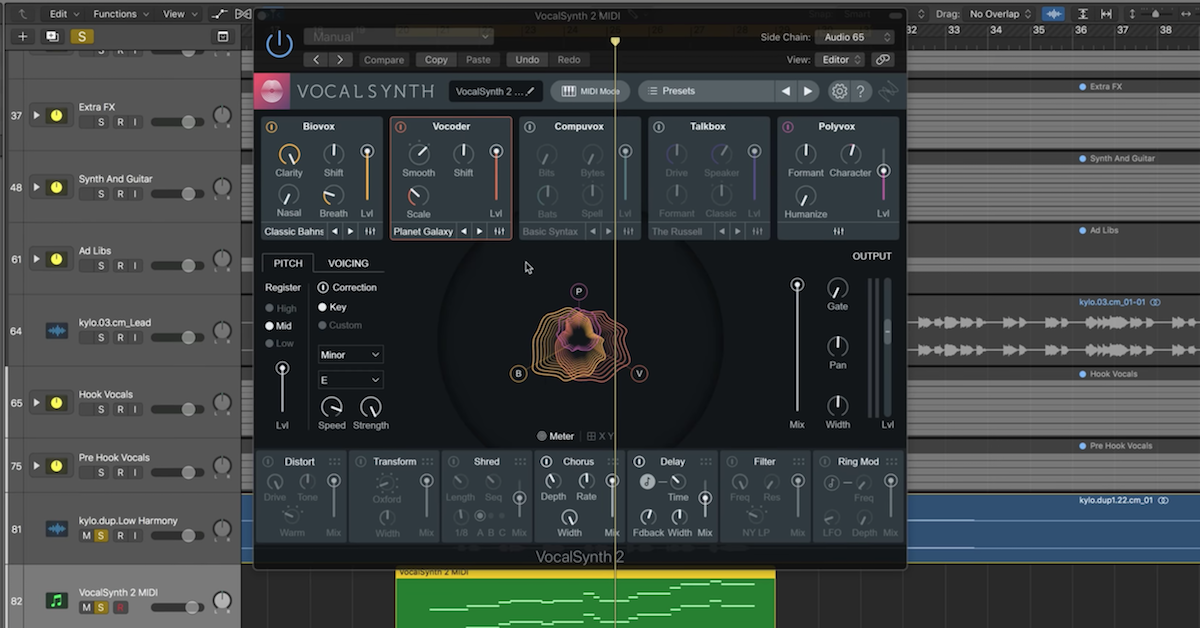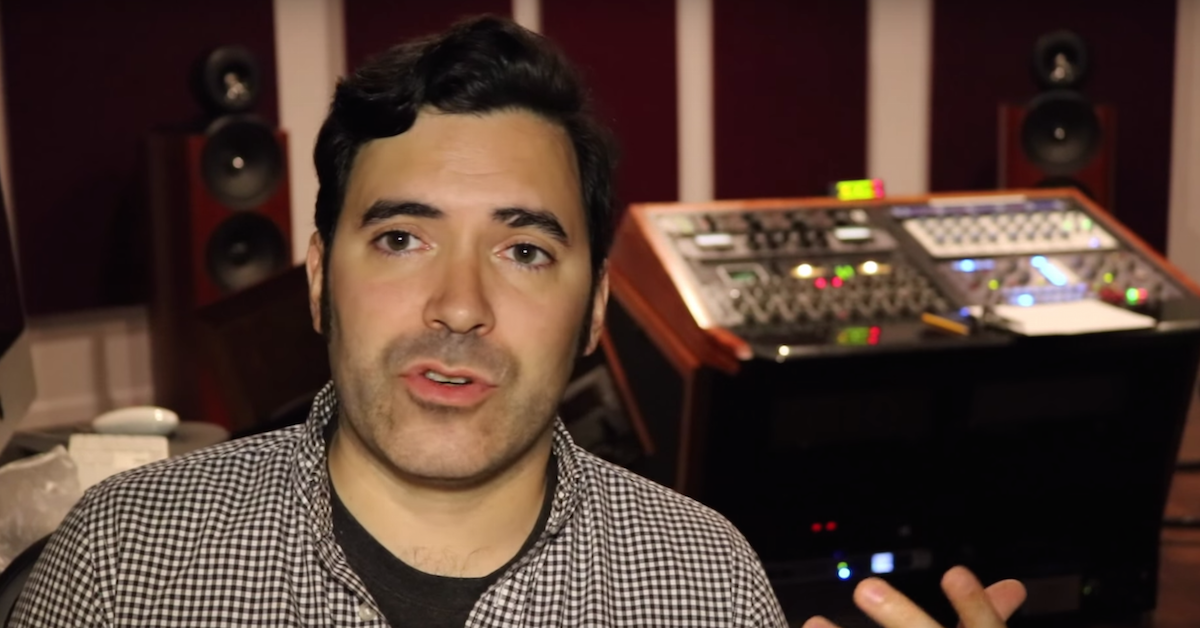CD-Text, Metadata, Artwork & More
Article Content
Aside from questions about the audio quality itself, the second most common question or concern I get from mastering clients is probably why iTunes doesn’t recognize their CD when they load it into their computer. The answer is a lot more complicated than you’d think, but it’s very easy to take care of.
Even though CDs are on the way out, a fair amount of projects still get replicated or duplicated to CD, or sometimes the client likes to burn a CD-R from a DDP image for listening, even though they are not doing an official CD release.
The simple answer is that contrary to what seems to be popular belief, iTunes and most consumer audio playback software can’t read CD-Text, which is the info that can be embedded on a DDP or CD-R master for CD production. Audio CDs cannot contain cover artwork and other metadata you typically see in iTunes even though it usually displays the titles and artwork for a CD you may have purchased
Audio CDs can contain CD-Text, which is quite similar to most of the metadata you see in iTunes, but CD-Text and metadata are not the same thing.
I’ve received a number of frantic emails over the years from clients worried there is a problem with their duplicated or replicated CDs because the titles and artwork are not recognized by their computer software. I hope that sometime in the near future, Gracenote Database and All Music Database make it easier for mastering engineers to submit this info directly from their mastering software, without the need to make a physical CD-R and manually enter the data.
With the current method, it’s not practical for me as a mastering engineer, running a one person business, to take responsibility for submitting the data for every project I do to the handful of databases that handle metadata. Because of this, I have to pass this duty on to the client, although I do provide some detailed info on how to do this.
The Details
If you’re wondering why iTunes or other music playback software on your computer will not recognize song titles, artist name, album name, cover art, and other info when you insert your audio CD, it’s because your audio CD is not registered with the Gracenote Database (for iTunes support) and/or All Music (for Windows Media Player support).
Until the CD info is submitted to these databases, your computer’s software will likely only read the songs/tracks as Track 01, Track 02, etc.
This is normal. CD-Text and the metadata that iTunes, Windows Media Player, and most other music playback software use are two different things and are surprisingly unrelated. iTunes doesn’t read CD-Text.
The information that can be embedded on an audio CD (self-burned, duplicated, or professionally replicated) is called CD-Text, and can only be displayed by CD players and software that support CD-Text. This usually includes car stereos and high-end home CD players.
Most music playback software such as iTunes, Windows Media Player, and Winamp by default can’t read or display the CD-Text embedded on your audio CD. CD-Text must be embedded on your final master (DDP or CD-R) for it to appear on duplicated or replicated CDs.
Because of the way Gracenote and All Music databases work, your computer needs to be connected to the Internet in order to match and retrieve data for any given audio CD that is inserted. For example, even if you insert a popular CD that is registered with the databases into your computer, it will likely only retrieve the CD info automatically if the computer is connected to the Internet.
Some CD players (home & car) are starting to come pre-loaded with basic Gracenote Database info so it’s possible that they may recognize older and more popular titles if not connected to the Internet. However, an Internet connection is required for these devices to gather data for the latest releases.
The way Gracenote and All Music identify an audio CD is by analyzing the number of tracks, their lengths, and finding a match in their database. It’s important to wait until you have a final master to submit the info to Gracenote and All Music, as sometimes track lengths can change throughout the mastering process as changes are made.
It’s also possible for iTunes to believe your CD is that of another artist if the total track number and track times happen to match an existing registered album, which is more common with CDs that have lower track counts. Gracenote doesn’t store album artwork, but the artwork may be retrieved by iTunes if the music is otherwise for sale in the iTunes Store, or in use with a person’s iTunes Match account.
Once you have a final master, you can submit the info to Gracenote via Internet. Here is a helpful link with instructions on how to submit the info: Gracenote
Submissions to All Music must be done by mailing them a physical copy of your CD. More info here: All Music
Once the info is submitted, it can take roughly 48 hours to be active via Gracenote Database, and 4-6 weeks for All Music Database.






